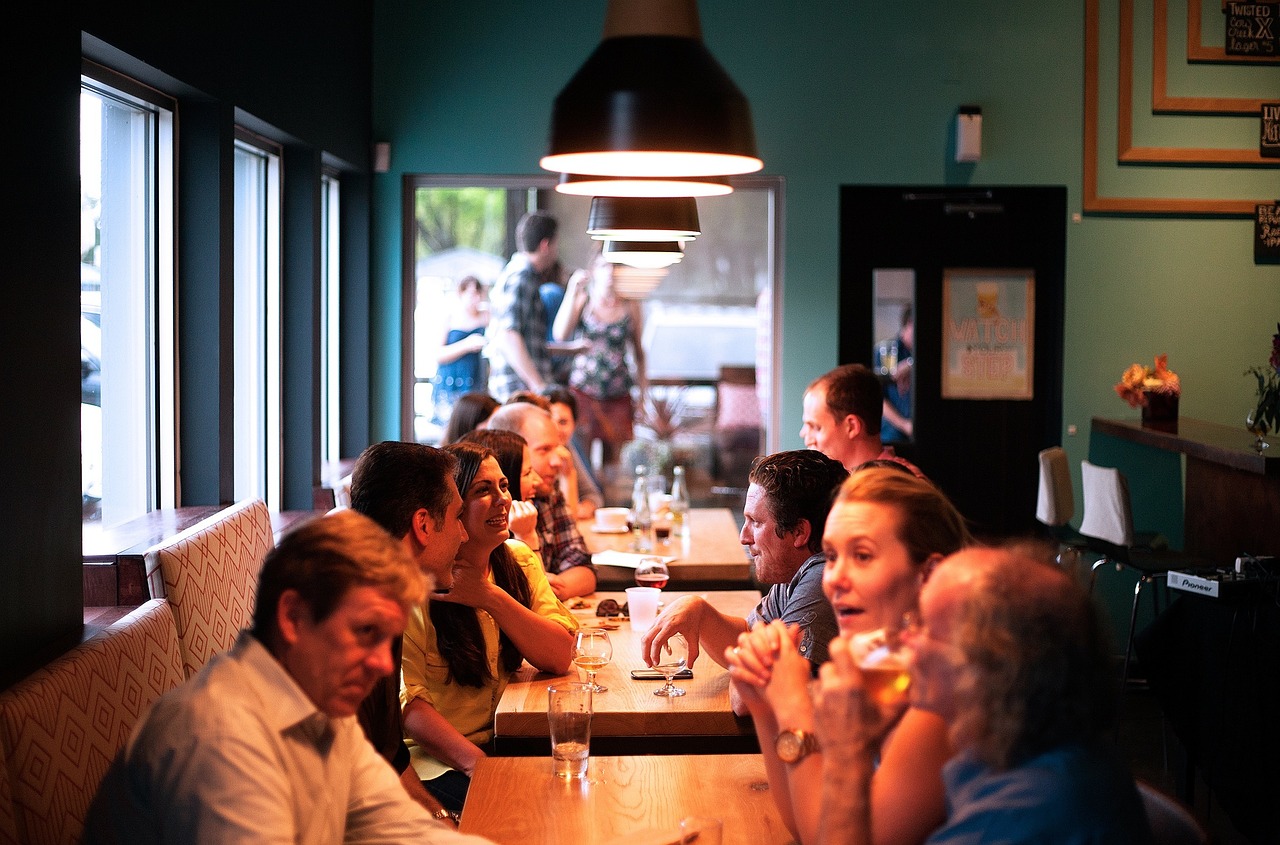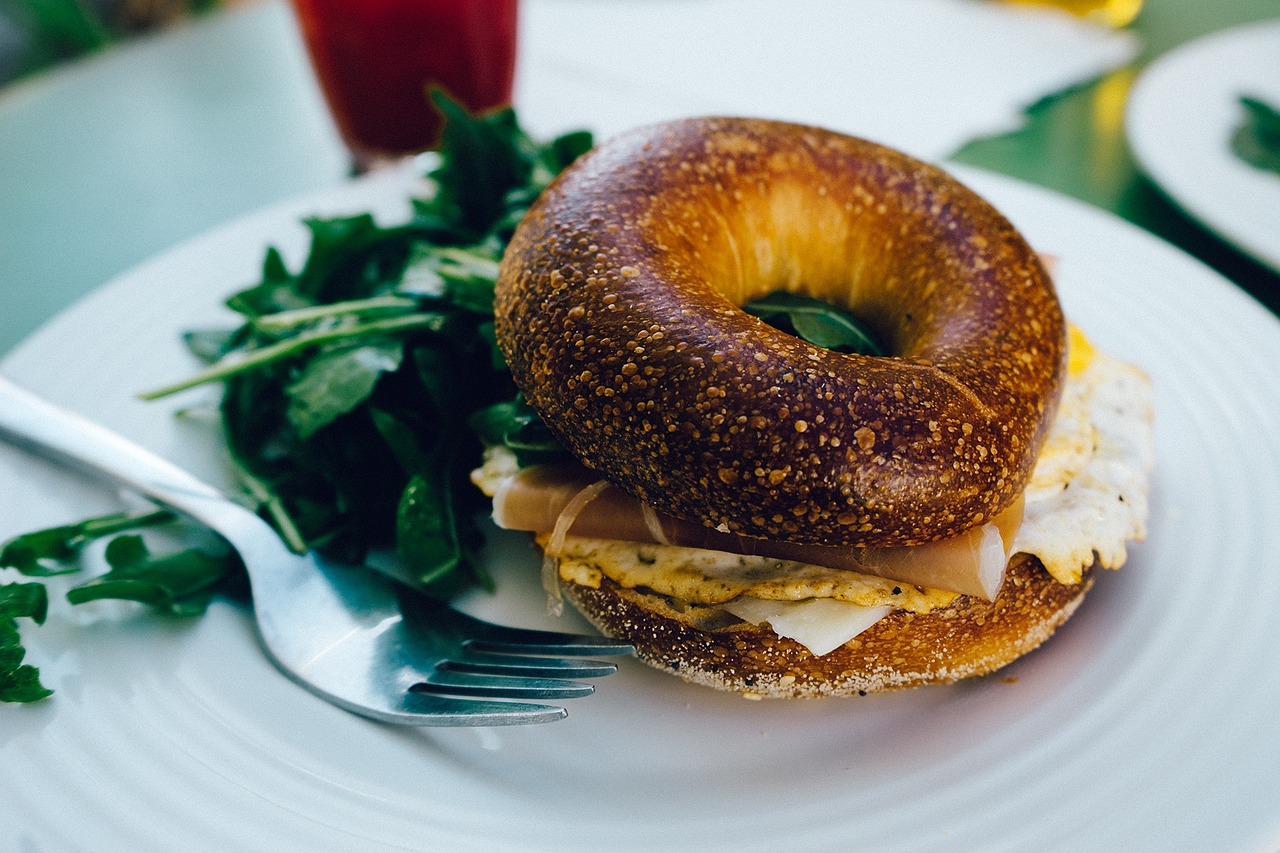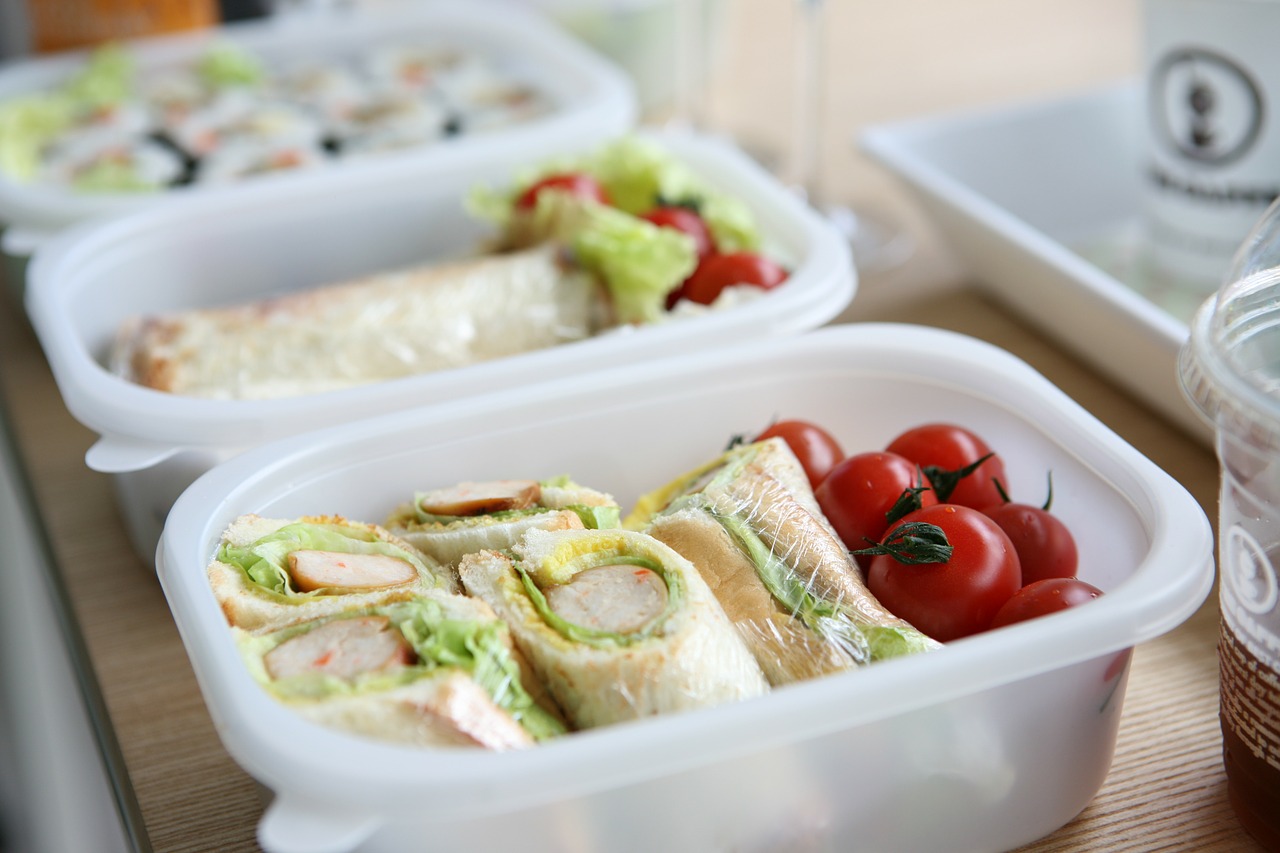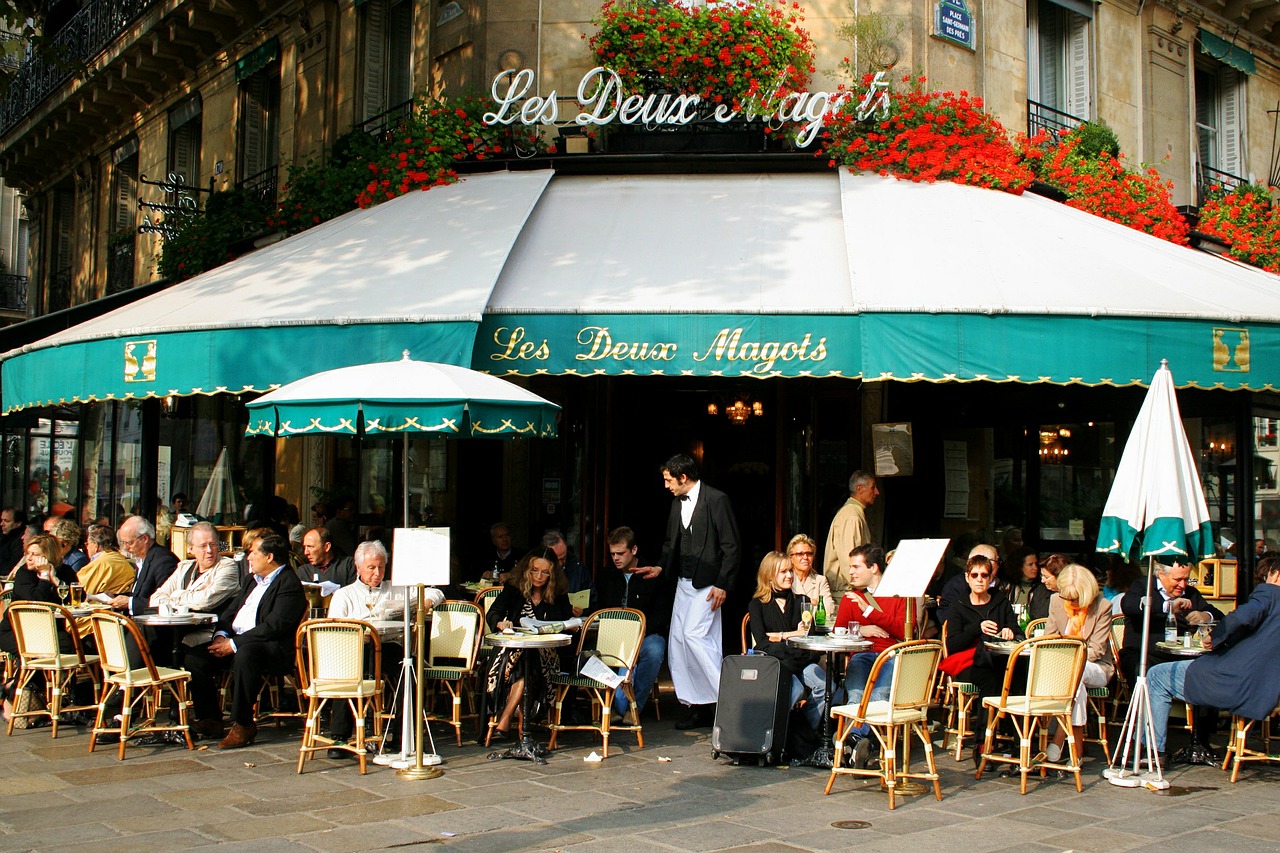As part of a new campaign to cut food waste, French law decrees that restaurants must now provide containers for uneaten food. Although many countries throughout Europe have long enjoyed the option of taking leftover food home, it has something that has never entered French culture.
Aresh Derambarsh, a local councillor who persuaded MPs to pass the law said that, “it’s nothing short of revolutionary,” and that “the doggy bag is not at all part of our culture, [unlike] in Anglo-Saxon or Scandinavian countries. We don’t like to walk around with food on us. There’s a kind of bourgeois shame to taking food home with you.”
A recent study found that 95 per cent of French people were supportive of the doggy bag law – despite there being no recognised term for a doggy bag in the language. It is expected that restaurants and hotels shall take up the term, “le gourmet bag” or “la box anti-gaspi” (anti-waste box).
It is estimated that France throws away up to 7.1 million tonnes of food per year, with 67 per cent being thrown out by consumers, 15 per cent by restaurants and 11 per cent by shops.
The move comes as one organisation, Restaurants du Coeur, revealed that it distributed and handed out 130 million meals in 2014 to 950,000 people, including 37,500 babies under the age of 18 months.
The law however, has been passed by the French Parliament as a series of health reforms, which also ordered supermarkets to give away unsold food once that it has reached its sell-by date.
What about restaurant waste in the UK?

A recent report by the Sustainable Restaurant Association (SRA) found that two to three per cent of food spend ends up being thrown away at prominent restaurants.
It is calculated that if the average restaurant reduced its food waste by just 20 per cent, it could generate annual savings of more than four tonnes of waste, more than £2,000 on food bills and between £150 and £1,700 on waste collection costs (if collected for anaerobic digestion).
The report was also able to find where in an establishment food was being wasted, with 65 per cent coming from food preparation, 30 per cent from customer plates and 5 per cent from spoilage.
According to the RSA, participating restaurants expressed shock at how much food was being wasted.
Do people care about food waste when eating out?

In another survey, published by WRAP in 2013, the organisation investigated the eating habits of 5,000 people while at restaurants, hotels, canteens and leisure venues in the UK.
Out of those questioned, 27 per cent admitted to leaving food at the end of meal.
This is possibly due to the fact that people consider eating out as a special treat, with 59 per cent agreeing to the statement that they, “do not want to think about food waste when eating out from home.”
Types of food waste were also investigated, with 32 per cent of the aforementioned 27 per cent admitting that they left chips the most, with other ‘filler’ foods such as vegetables and salads being most likely to remain on the plate.
Some people even considered salad to be an ornamental or presentational aspect of their meal.
Interestingly however, when asked about why they left food, 41 per cent of the participants stated that portions were often too large to eat.
To combat this issue, people stated that if they were eating more than one course, they would leave part of their main dish so that they were able to consume a starter or pudding.
Furthermore, who people ate their meals with would influence how much food they ate, with a quarter of people agreeing with the statement, “when eating out, how much I eat depends on who I’m with.”
Some stated that they did not want to appear greedy.
What can restaurants do to combat food waste?

In order to ensure less food waste, at least from customers, it is advised that restaurants offer greater flexibility in regards to the menu, encouraging food customisation around side items such as chips, potatoes, vegetables and salad.
Differing portion sizes are also encouraged, with lighter or snack sized portions being offered alongside main meals. When questioned about this, 83 per cent of people in the same study stated that they would be happy to pay less for a smaller option menu.
Of course, providing a doggy bag option is a great way of directly avoiding food waste, although the study did find that some people are actually embarrassed about requesting this service, so offering it directly to the customer could be the best way forward.
Over half of respondents (53 per cent) claimed to have asked for a doggy bag in the past, while less than half (47 per cent) claimed to have never been offered one.
The study did not indicate if participants had used the contents of a doggy bag to feed pets at home.
